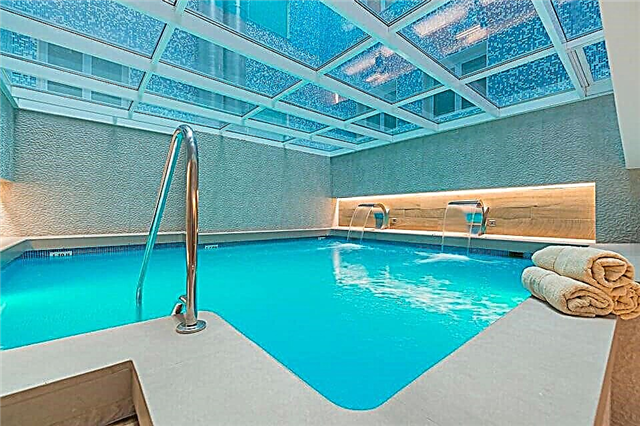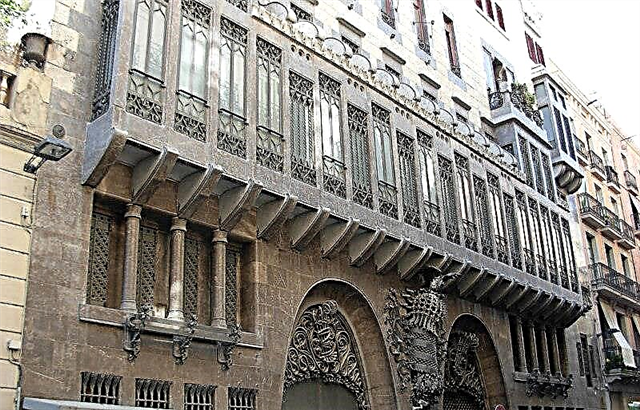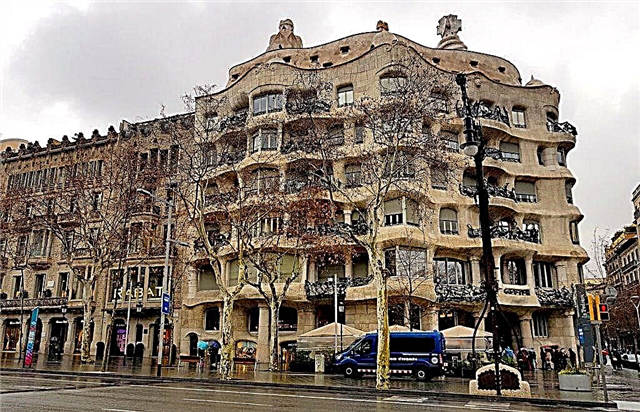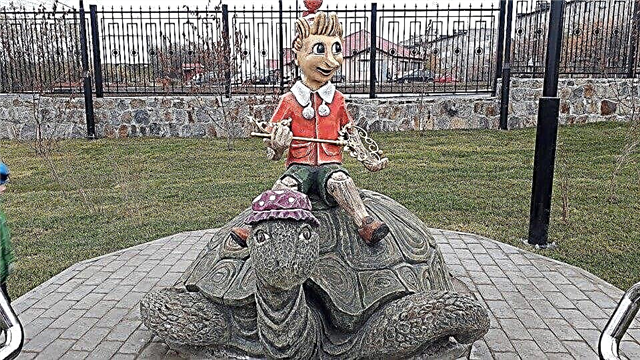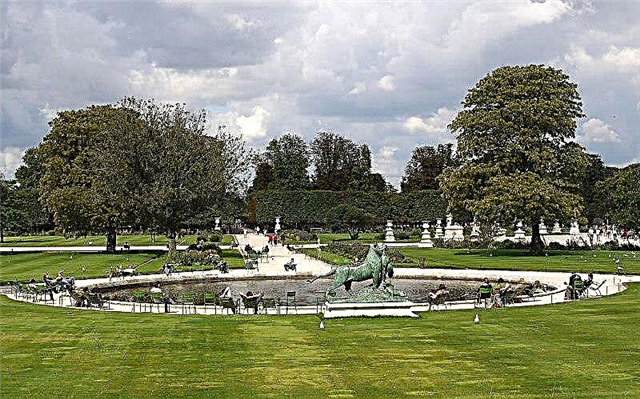Unique sights will help you to appreciate the heart of France and leave vivid impressions after your trip. The Tuileries Garden, as an important part of the country's cultural heritage, will leave an unforgettable mark on the soul of everyone who touches the mystery of this place and at least once strolls along the silent alleys.
History of the Tuileries Garden
The history of the garden dates back to the era when the country was ruled by monarchs. In those days, the throne was occupied by Catherine de Medici, famous for her harsh temper and ruthless character, for which she received the nickname "black queen". Being so tough and callous, the woman still had a great affection for her children who live in the chambers of the Louvre.
The residence of all the royal persons seemed to Catherine too gloomy and gloomy, but she did not want to be separated from her beloved sons, and for this reason she wanted to build a personal monastery next to them. In 1564, a palace was erected, called the Tuileries.
By the order of the queen, a wonderful garden in the Italian style was laid out near it - 6 alleys were in length and 8 were located in width. Flower beds were planted around the perimeter of the garden in a checkerboard pattern, and the architects even found a place for garden crops and a labyrinth.

After the death of Catherine, the garden was reconstructed many times by the new kings of France and the owners of the Tuileries Palace. The most significant changes in the redevelopment of the park area were made during the reign of Louis XIV.
It was as if they breathed new life into the garden: hedges of living bushes, decorated with ornaments and complemented by two pools, appeared. Simple French people were able to contemplate the splendor immersed in greenery only two centuries after its creation: the great revolution of 1789 destroyed the absolute monarchy in the country, and the people gained access to the royal possessions carefully protected from human eyes.
A century later, the garden was left empty without a palace - it was completely destroyed during the defeat of the Paris Commune. And this is not an isolated case of tragic events associated with the place: the garden witnessed two world wars, came under cannon fire and fierce battles were fought on its territory. But each time, as if he had adopted the invincible strength of the spirit of his creator, he rose from destruction and ashes as a reminder of the hard fate of his country.
Louvre: Time-Specific Entry Ticket
1-hour cruise "Lights of Paris"
Skip-the-line tickets to the roof of the Arc de Triomphe
Eiffel Tower: Second Floor Access
Versailles & Gardens: Skip-the-Line Entry Ticket with Audio Guide
Hop-on Hop-off Bus Tour. Class., Prem. or Lux
Paris museums subscription: 2, 4 or 6 days
Tickets for Montparnasse: 56th Floor Roof Terrace
Show at the Moulin Rouge with champagne
Tuileries garden today

The garden consists of five alleys, the main of which originates from a large square and goes deep into the gigantic octagonal pond. Around the entire perimeter, there are many rare sculptures belonging both to the hands of masterpieces of different eras, and to more modest, but no less talented contemporaries.
In the west of the garden is the Orangerie Museum - an art gallery that has gathered within its walls the best works of artists of the Impressionist movement. Here you can see the works of Pablo Picasso, Auguste Renoir, Paul Cézanne, Maurice Utrillo and other talented painters. But the true pride of the museum is Claude Monet's 10-year work “Flowers on the Water”, which has become an absolute boon for the collection put together.

Almost half a century after its creation, the Royal Tuileries Garden is now one of the most revered and significant historical values in France, and the proximity to the main museum of the country - the Louvre, makes the park incredibly popular among tourists. After the bustling streets of Paris, this place is the epitome of peace and tranquility, buried in flowers and greenery.
Interesting Facts

The park area is impressive in its size - 250,000 square meters.
Historians have put forward a version that Catherine de Medici wanted to grow dangerous and poisonous plants in the garden, but the insidious undertaking failed for unknown reasons.
Most of the sculptures located in the park are masterful replicas of the originals.
The Tuileries is located in the very center of Paris, on the right side of the River Seine.
Almost all the trees that have been growing in the garden for centuries died during the storm that raged in 1999.
The entrance to the territory of the complex, to the delight of visitors, is free and does not require financial investments.
It was from here that the Mongolfe brothers made the first ever balloon flight.
On the territory there was a place for attractions, a Ferris wheel and several cafes.
The park's plant collection consists of more than 3000 specimens brought here from all over the world.
The Tuileries Garden is one of the oldest parks in the world.
The place where the garden is laid out is a clay extraction area for ceramic tiles in medieval times. It got its name "tile factory" due to this circumstance.
Use the services of kiwitaxi and at the airport, at the specified time, the driver will be waiting for you, help with the luggage and promptly take you to the hotel. Several car classes are available - from economy to Minibus with 19 seats. The price is fixed and does not depend on the number of passengers and the address within Paris. A taxi from / to the airport is a convenient and comfortable way to get to your destination.

